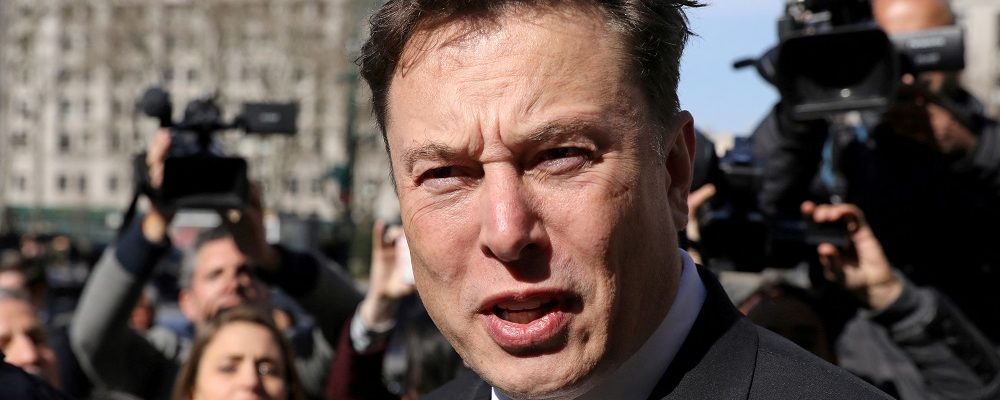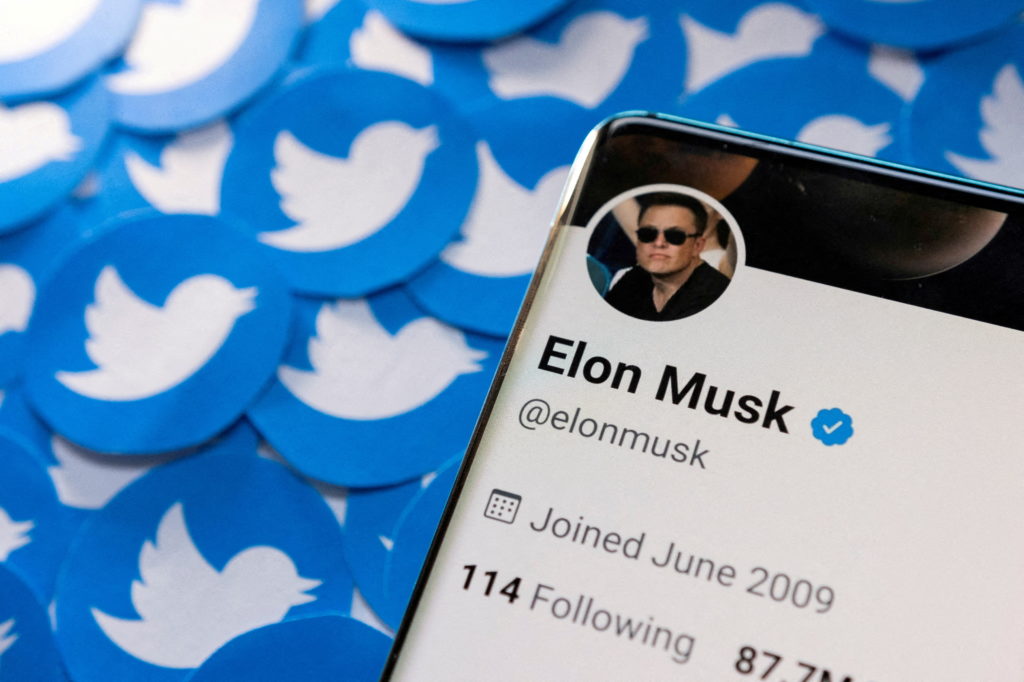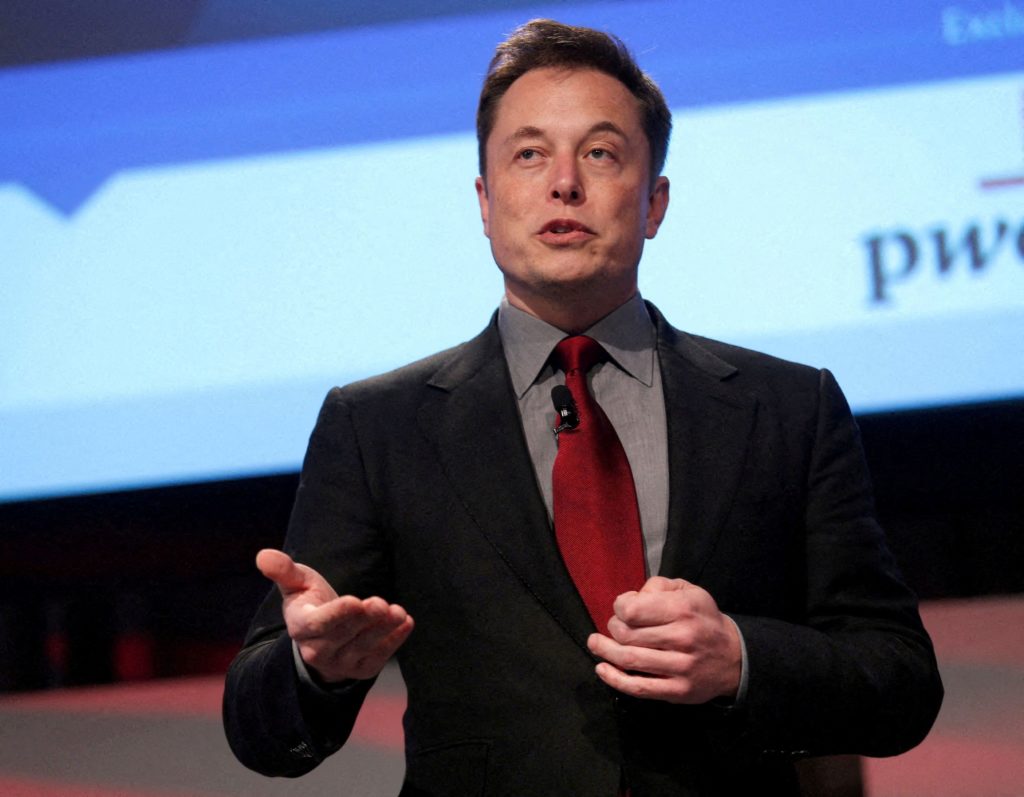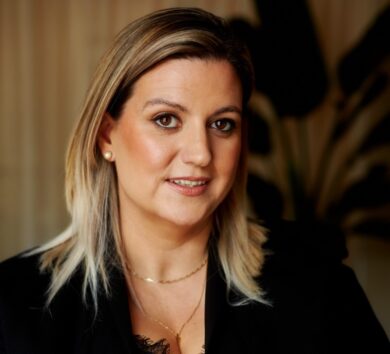

(Reuters)
Elon Musk tweeted on Friday (May 13) that his US$44-billion cash deal for Twitter Inc is “temporarily on hold” while he waits for the social media company to provide data on the proportion of its fake accounts.
Twitter shares initially fell more than 20 per cent in premarket trading, but after Tesla CEO Musk sent a second tweet saying he remained committed to the deal they regained some ground. The stock was off 12 per cent in heavy volume ahead of the market open as investors fretted over the takeover.
Musk, the world’s richest person, decided to waive due diligence when he agreed to buy Twitter on April 25, in an effort to get the San Francisco-based company to accept his “best and final offer” of US$54.20 per share.
Since then, technology stocks have plunged amid investor concerns over inflation and a potential economic slowdown.
The spread between the offer price and the value of Twitter shares had widened in recent days, implying less than a 50 per cent chance of completion, as investors speculated that the downturn would prompt Musk to walk or seek a lower price.

“Twitter deal temporarily on hold pending details supporting calculation that spam/fake accounts do indeed represent less than five per cent of users,” Musk told his more than 92 million Twitter followers.
Spam or fake accounts are designed to manipulate or artificially boost activity on services like Twitter. Some are tied to improve commercial results, while others are designed to create an impression that something or someone is more popular.
Twitter did not immediately respond to a request for comment. There was no immediate reaction from the investors that Musk tapped last week to raise US$7.1 billion in funding.
Musk tweeted a Reuters story from ten days ago that cited the fake account figures. Twitter has said that the figures were an estimate and that the actual number may be higher.
The estimated number of spam accounts on the microblogging site has held steady below five per cent since 2013, according to regulatory filings from Twitter, prompting some analysts to question why Musk was raising it now.

“This five per cent metric has been out for some time. He clearly would have already seen it… So it may well be more part of the strategy to lower the price,” said Susannah Streeter, an analyst at Hargreaves Lansdown.
Representatives for Musk did not immediately respond to requests for comment from Reuters.
Tesla’s stock, meanwhile, rose seven per cent in premarket trading. The shares have lost about a quarter of their value since Musk disclosed a stake in Twitter on April 4, amid concerns he will get distracted as Tesla’s chief executive and that he may have to sell more Tesla shares to fund the deal.
There is plenty of precedent for a potential renegotiation of the price following a market downturn. Several companies repriced agreed acquisitions when the COVID-19 pandemic broke out in 2020 and delivered a global economic shock.
In one instance, French retailer LVMH threatened to walk away from a deal with Tiffany & Co. The U.S. jewellery retailer agreed to lower the price by US$425 million to US$15.8 billion.

Acquirers seeking a get out sometimes turn to “material adverse effect” clauses in their merger agreement, arguing the target company has been significantly damaged.
But the language in the Twitter deal agreement, as in many recent mergers, does not allow Musk to walk away because of a deteriorating business environment, such as a drop in demand for advertising or because Twitter’s shares have plunged.
Musk is contractually obligated to pay Twitter a US$1 billion breakup fee if he does not complete the deal, and the language in the deal contract appears to cap any damages that Twitter can seek from Musk to that level.
But the contract also contains a “specific performance” clause that a judge can cite to force Musk to complete the deal.
In practice, acquirers who lose a specific performance case are almost never forced to complete an acquisition and typically negotiate a monetary settlement with their targets.
“The nature of Musk creating so much uncertainty in a tweet (and not a filing) is very troubling to us and the Street and now sends this whole deal into a circus show with many questions and no concrete answers as to the path of this deal going forward,” Wedbush analyst Daniel Ives wrote in a note.
Defeat the bots
Musk has said that if he buys Twitter he “will defeat the spam bots or die trying” and has blamed the company’s reliance on advertising for why it has let spambots proliferate.
He has also been critical of Twitter’s moderation policy and has said he wants Twitter’s algorithm to prioritize tweets to be public and was against too much power on the service to corporations that advertise.
Nevertheless, Musk is targeting advertising revenue to more than double by 2028, according to slides he presented to investors that were reported by the New York Times.
Ads are expected to make up about 45 per cent of Twitter’s total revenue by that time, down from nearly all of its revenue today, according to the investor presentation.
Earlier this week, Musk said he would reverse Twitter’s ban on former U.S. President Donald Trump when he buys the social media platform, signalling his intention to cut moderation.







Comments